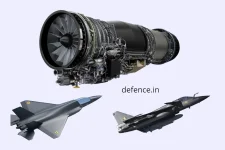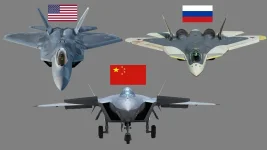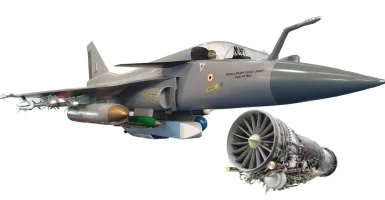- Views: 3K
- Replies: 26
India is intensifying efforts to acquire a new fleet of specialized surveillance aircraft, signalling a significant move to upgrade its airborne intelligence gathering and electronic warfare capabilities.
According to reports dated March 21, 2025, Indian authorities have entered discussions with major international defence firms, positioning US-based L3Harris Technologies and France's Thales as leading contenders to supply advanced systems for these future platforms.
This initiative highlights India's focus on strengthening its defence capabilities and addressing regional security challenges, particularly concerning advancements made by neighbouring countries like China.
Spearheaded by the Defence Research and Development Organisation (DRDO) and the Indian Air Force (IAF), the project seeks to outfit three aircraft, likely based on the Airbus A319 airframe, for sophisticated signals intelligence (SIGINT) and communications jamming (COMJAM) missions.
While initial approvals for the program were anticipated around February 2024, the complex integration of high-tech foreign systems alongside a push for indigenous development has brought global defence leaders into the competition.
Notably, India's own Bharat Electronics Limited (BEL) is also competing, underscoring the nation's strategy of balancing self-reliance with access to world-class technology.
L3Harris, a prominent American defence corporation, offers extensive experience in intelligence, surveillance, and reconnaissance (ISR) technology. The company has a track record of equipping specialized aircraft, such as the US Army's ARTEMIS and ARES platforms which utilize Bombardier business jets.
L3Harris proposes advanced SIGINT equipment, electronic warfare tools, and rapid data processing systems – technologies crucial for India's goal of monitoring adversary communications and disrupting enemy electronic systems deep within potentially hostile territory.
Countering the American offer, French aerospace and defence firm Thales leverages its significant existing footprint within India's defence sector. Having already contributed to the Indian Rafale fighter jet program and engaged in joint ventures like BEL-Thales Systems, Thales presents its own suite of ISR and electronic warfare technologies, drawing from experience on projects like France’s CUGE electronic warfare aircraft.
Thales's proposition likely highlights its familiarity with India's defence requirements and its established history of collaborating with local industries, aligning well with the government's 'Make in India' policy promoting domestic manufacturing and technology transfer.
Meanwhile, Bharat Electronics Limited represents the indigenous option in this contest. BEL has prior experience supplying radar and electronic warfare systems, notably for the IAF's Netra Airborne Early Warning and Control (AEW&C) aircraft.
A successful bid from BEL would maximize Indian-made content, potentially lowering costs and reducing reliance on foreign suppliers. However, questions remain regarding its current capacity to develop and integrate SIGINT and COMJAM systems matching the sophistication offered by its international competitors.
The drive for these advanced spy planes stems from India's need to monitor and counter growing military activities along its borders. China's People's Liberation Army Air Force (PLAAF) operates sophisticated ISR aircraft like the KJ-500 and Y-9, often deploying from airbases on the Tibetan Plateau, such as Hotan and Ngari Gunsa, located near India's northern borders. These bases position Chinese aircraft within range of critical Indian areas.
The planned Indian SIGINT/COMJAM aircraft are intended to detect and analyse enemy electronic signals, identify radar and weapon locations, and possess the capability to jam adversary communications during potential conflicts, thereby playing a vital role in securing air dominance.




